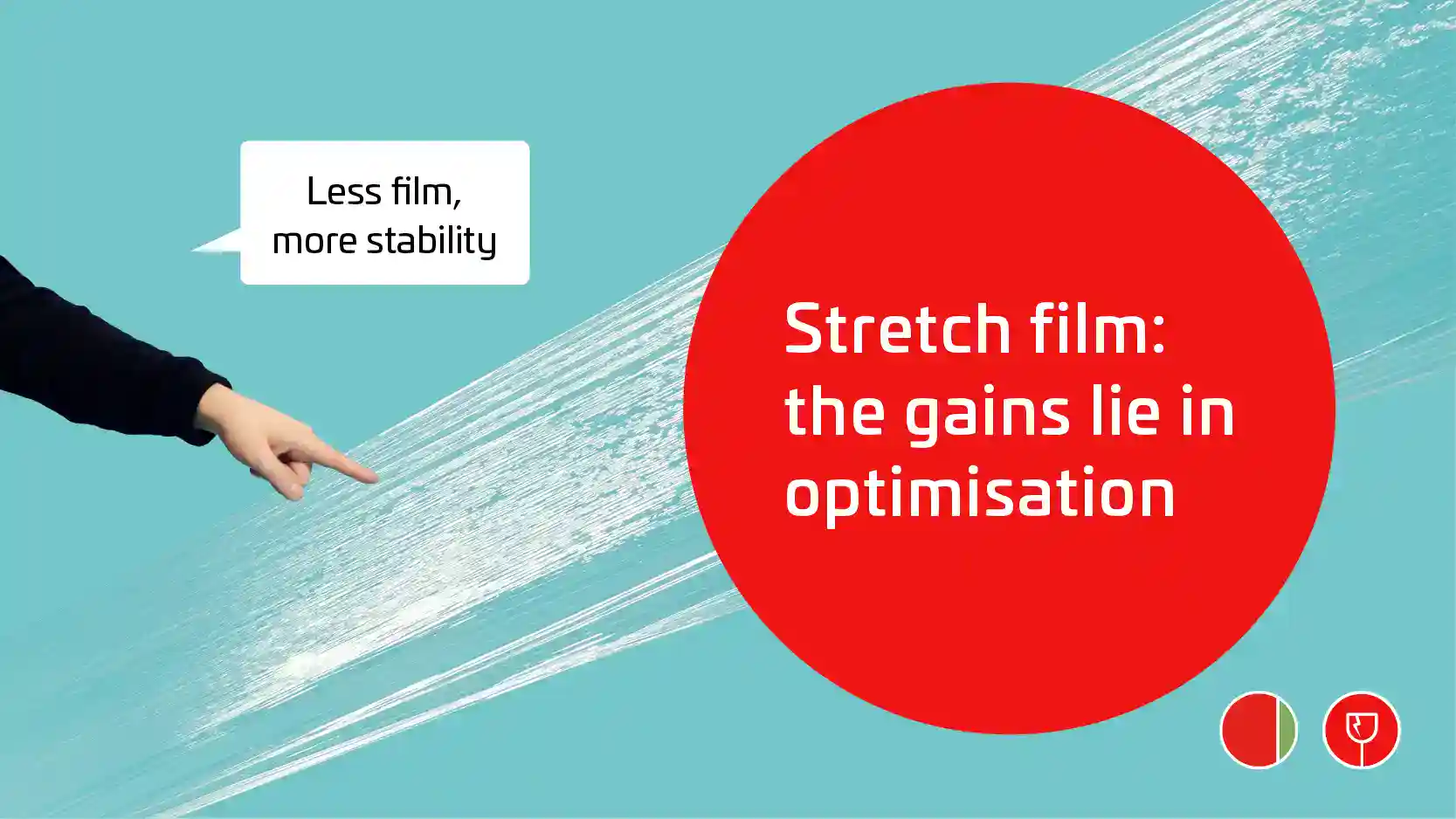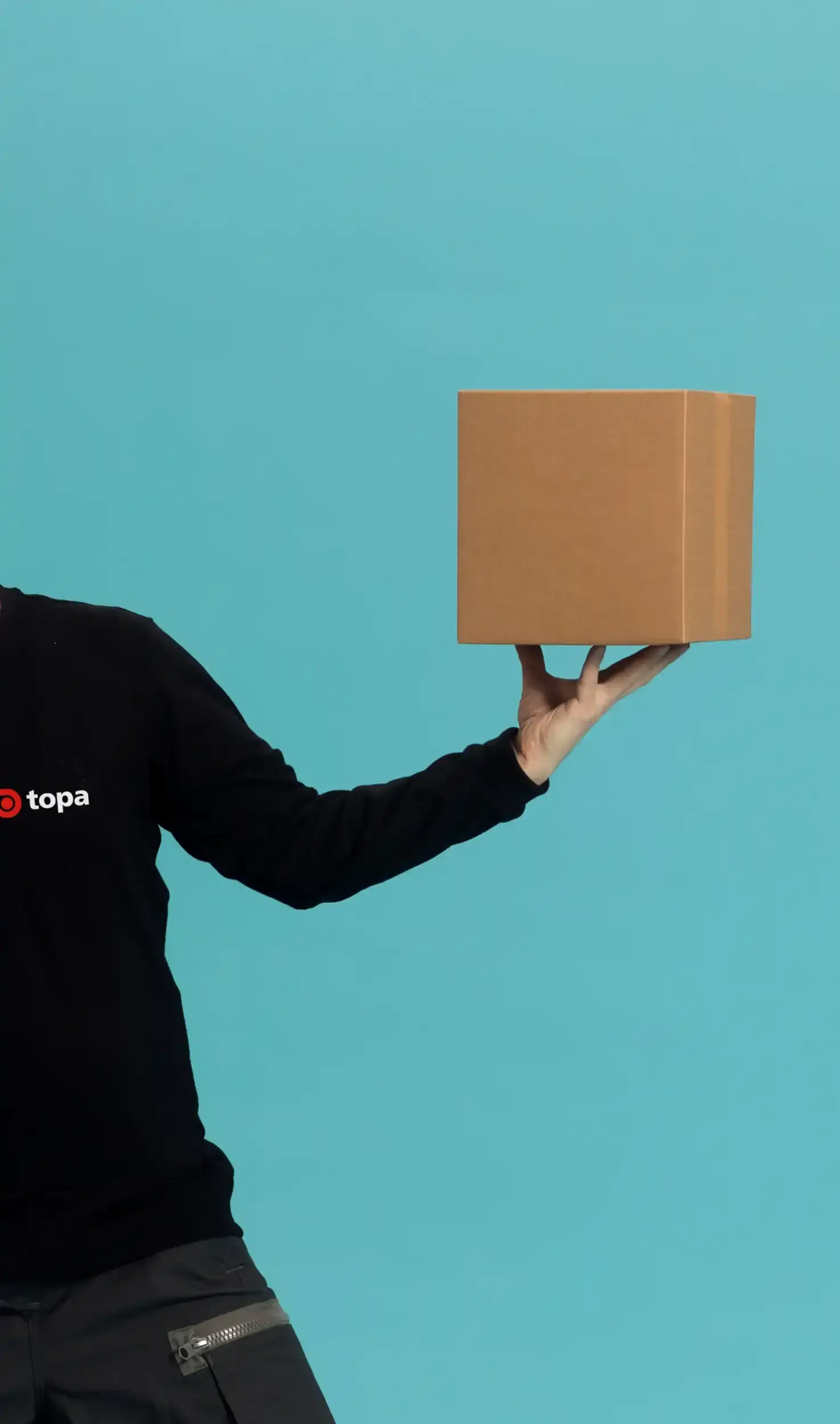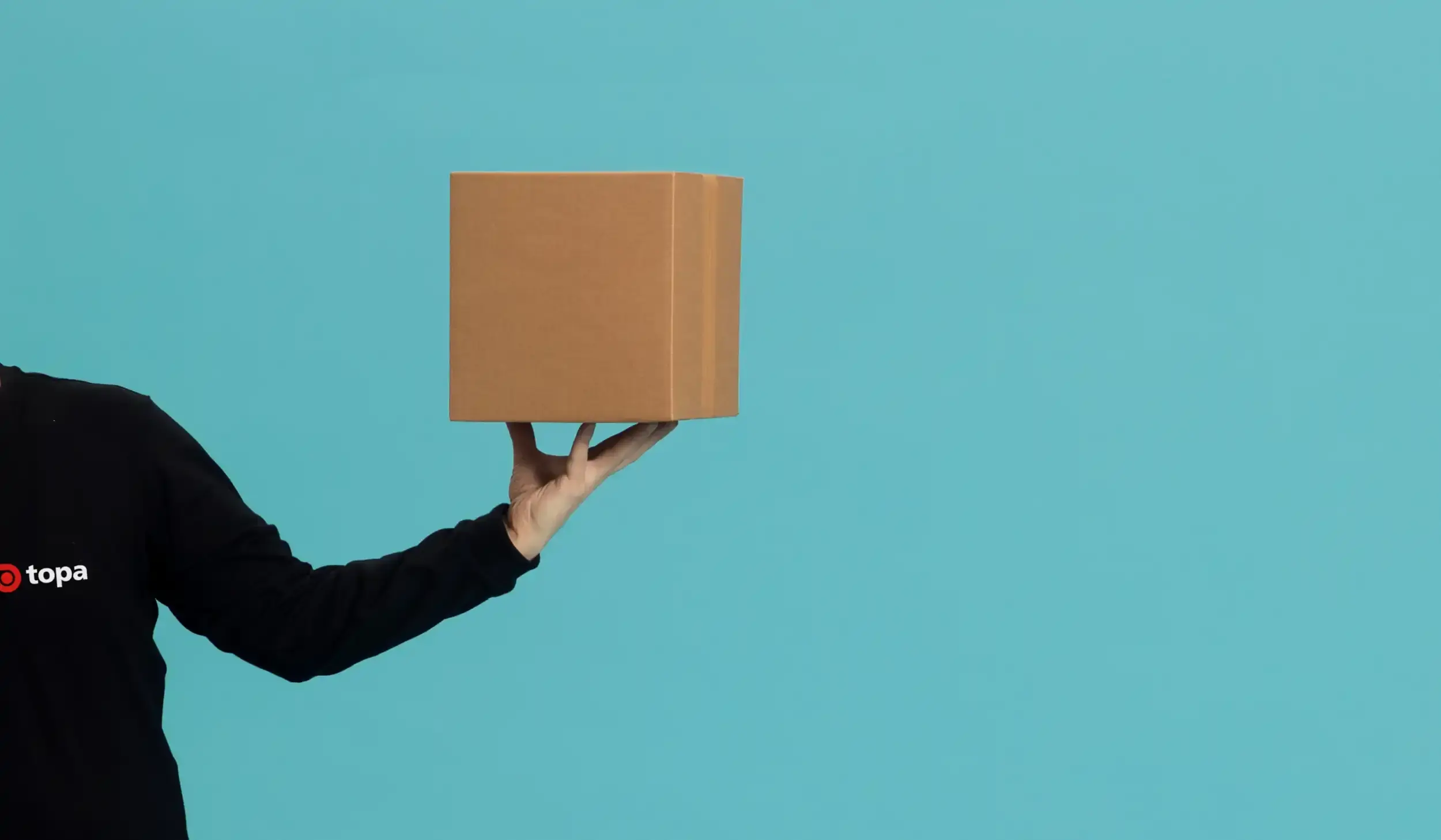Type of stretch film and machine settings

Less film, more stability
Stretch film is often the final step in the packaging process, yet it plays a crucial role in transporting pallet loads safely and securely. However, the use of film is rarely optimised. In practice, we often see excessive use of film as a precaution, or machine settings that do not match the nature of the load and the type of film. The result? Unnecessary costs, wasted material, and a pallet that remains unstable despite all that film.
At Topa, we take a different approach. We analyse the entire process, from film selection to machine settings, tailored to your product, weight, and transport conditions. In many cases, we’ve seen that 30% to 50% less film is needed, without compromising stability, and often even achieving better performance.
The right film for the right application
There are different types of stretch film, each with specific properties and applications:
- Machine film and hand stretch film
Machine film is ideal for larger volumes and precision processing. Hand stretch film is used for smaller volumes or manual stations. - Pre-stretched film
This film is pre-stretched during production, requiring less force during wrapping. It is mainly used for manual wrapping. It reduces material consumption and physical strain. - Films with recycled content
More and more films are now available made partly from recycled materials, without compromising performance. These reduce CO₂ emissions and the use of virgin raw materials.
De optimale foliekeuze is afhankelijk van verschillende factoren zoals; het gewicht van de pallet, de vorm van de lading, de transportduur, temperatuurinvloeden en natuurlijk de wens om te besparen op materiaal.
The stretch wrapping machine: key to performance
Even the best film will only perform optimally if the machine is correctly set. In practice, the opposite is often true. A common mistake is that the machine is not properly calibrated for the film type, or worse, the film isn’t suitable for the machine at all.
Key settings to check include:
- Pre-stretch percentage
Modern machines can stretch film up to 300%. Proper pre-stretch maximises material use, improves load grip, and reduces consumption. The right setting depends on the film and the product. - Film tension
Tension determines how much force the film exerts on the load. Too much tension can damage packaging; too little leads to instability. The right tension is crucial for a stable result. - Wrap pattern
Depending on the shape and height of the load, it’s important to select the right wrap pattern: extra layers at the top and bottom, criss-cross wrapping for irregular shapes, or extra reinforcement around the centre of gravity.
The right combination of film and machine settings leads to more stable pallets, less material usage, and lower costs.
Testing brings clarity
Want to be sure your pallet wrapping is truly effective? Then testing is the logical next step. At the Topa Institute, we conduct real-world simulations where we compare different films and machine settings. Among other things, we test:
- Stability during transport movements
- Puncture resistance of the film
- Stretch behaviour and force distribution
- Film consumption per pallet
With concrete data and visual analysis, we show which approach delivers the best results. Often, a small adjustment to the film or machine settings results in immediate measurable gains: less damage, less film, lower costs.
Don’t wait for the 2030 PPWR requirement, start saving up to 50% on packaging costs now!
Discover how we can support you on our load stability page.
The benefit lies in optimisation
Instead of using extra layers or higher tension “just to be sure”, a well-considered approach offers better security with less material. Choose a solution tailored to your product, packaging, and logistics process.
Curious how your film and settings are performing? Don’t hesitate to get in touch via phone: +31 252 245 200 or info@topa.nl.


